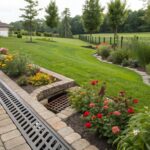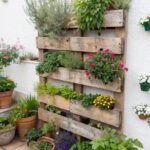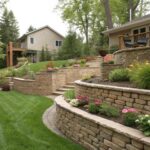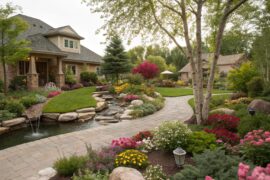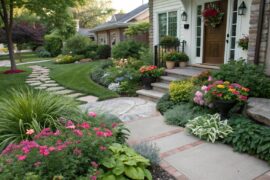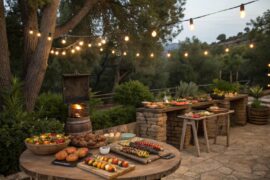Designing a farm layout is like crafting a living masterpiece, where every element plays its part in harmony. Whether you’re dreaming of vast fields or cozy animal pens, I’ve got some fresh and fun ideas to inspire your next outdoor project.
1. Create a Zoning Plan
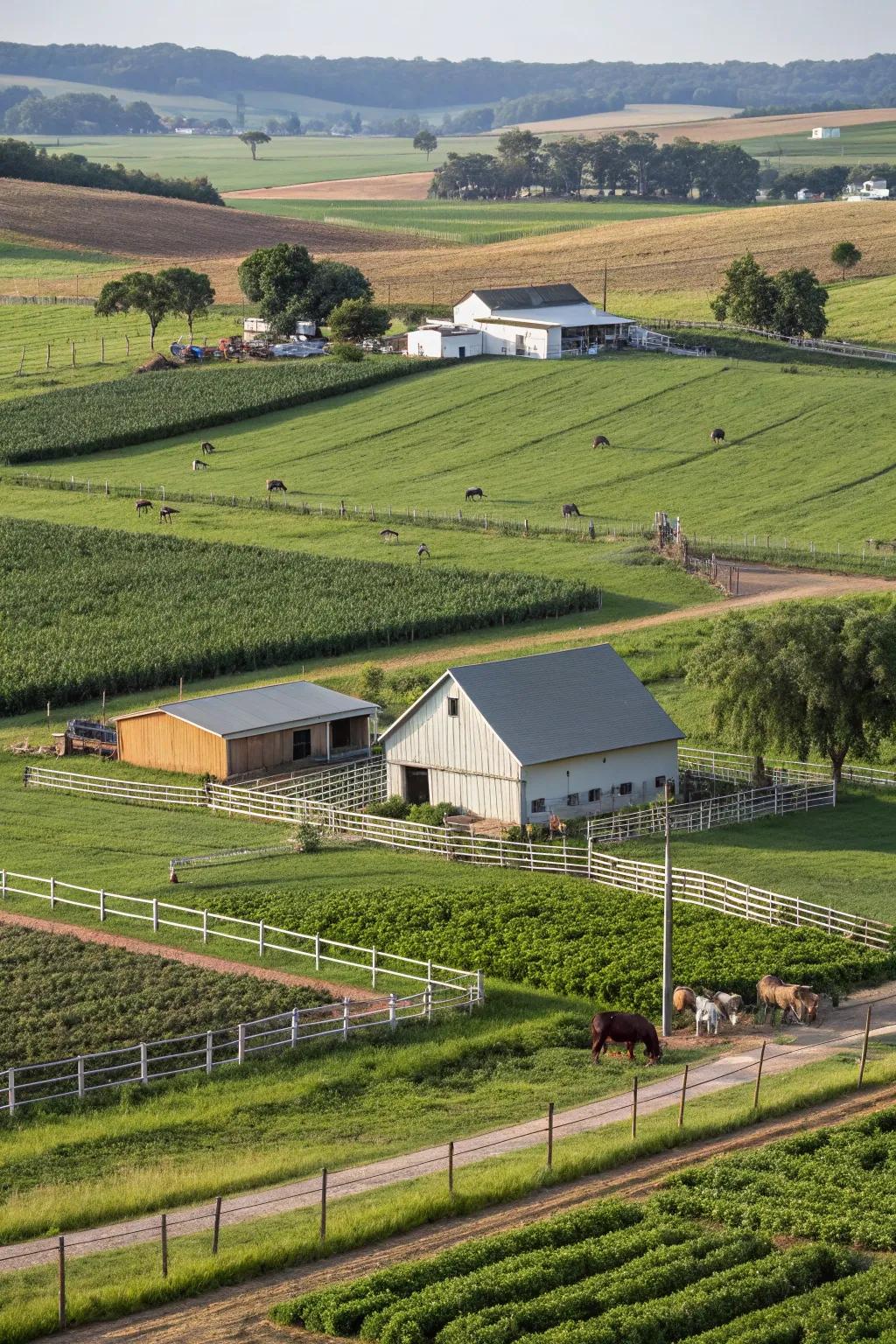
Start by dividing your farm into zones for crops, livestock, and living spaces, ensuring each has its own purpose and vibe. I love how this method streamlines tasks and makes the farm feel like a well-oiled machine. From personal experience, clients appreciate this organized approach as it simplifies daily routines and enhances overall productivity. I’ve seen that this layout helps create a sense of order that is both visually appealing and practically efficient.
Explore these options:
- Garden Fencing: Define your zones efficiently with durable garden fencing, enhancing both security and aesthetics.
- Livestock Shelter Kit: Provide your animals with a safe and comfortable home using a reliable livestock shelter kit.
- Raised Garden Beds: Organize your crop zones with easy-to-install raised garden beds, maximizing growth and access.
2. Install Solar Panels
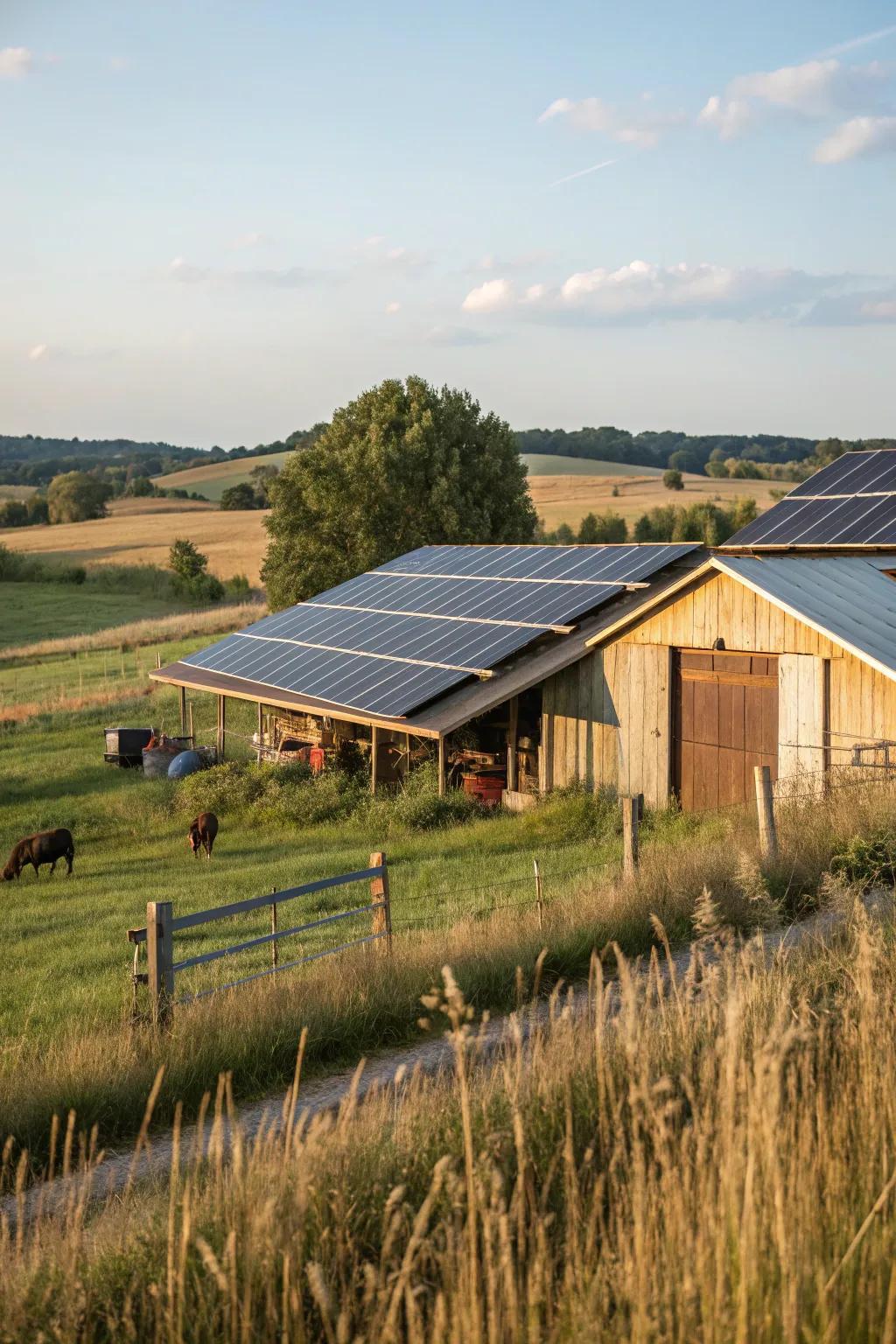
Harnessing solar power can reduce your farm’s energy costs and support sustainability. I’ve been amazed at how much energy our panels generate on sunny Texas days. Switching to solar not only helps the environment but also significantly lowers monthly expenses, freeing up funds for other farm improvements. Personally, I think every farm should explore renewable energy options to become more self-sufficient.
You might like:
- Solar Panel Kit: Boost your farm’s energy efficiency with this comprehensive solar panel kit. Easy to install!
- Solar Charge Controller: Enhance energy management on your farm with a reliable solar charge controller. Save more energy!
- Solar Panel Mounting Brackets: Ensure stable installation with durable solar panel mounting brackets. Your panels deserve strong support!
3. Set Up a Compost Area
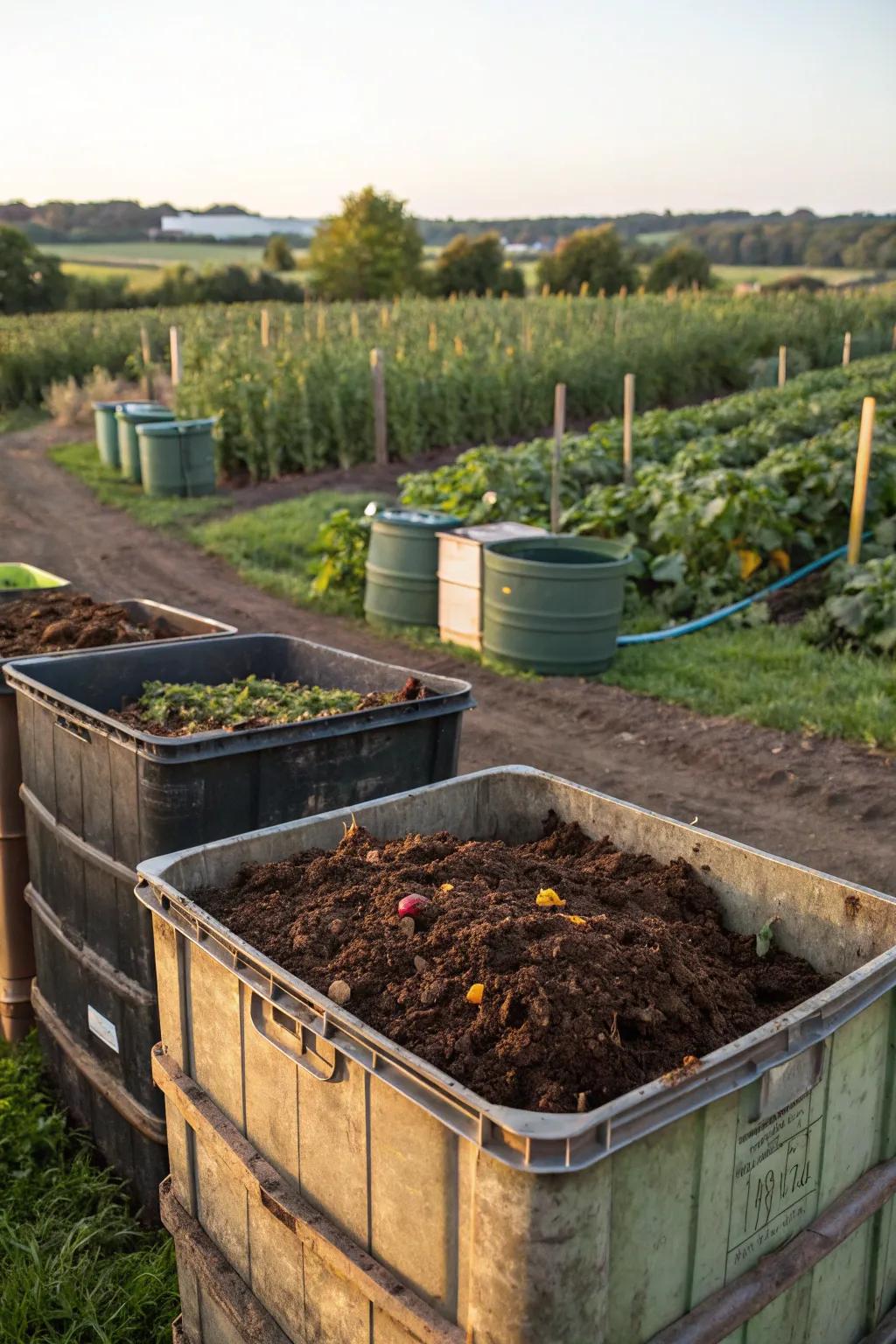
Turn kitchen scraps and garden waste into nutrient-rich compost. It’s a simple yet effective way to enrich the soil naturally. Creating compost reduces landfill waste and provides an excellent, all-natural fertilizer for your garden. I’ve always felt a sense of satisfaction from turning what was once waste into something incredibly valuable.
Check these products out:
- Outdoor Compost Bin: Optimize your composting with a durable outdoor bin. Convert waste efficiently into rich compost.
- Compost Aerator Tool: Boost the composting process by aerating easily. Enhance decomposition for quicker results.
- Kitchen Scrap Collection Bin: Start composting right from your kitchen. Collect scraps conveniently for outdoor composting.
4. Plan Efficient Irrigation
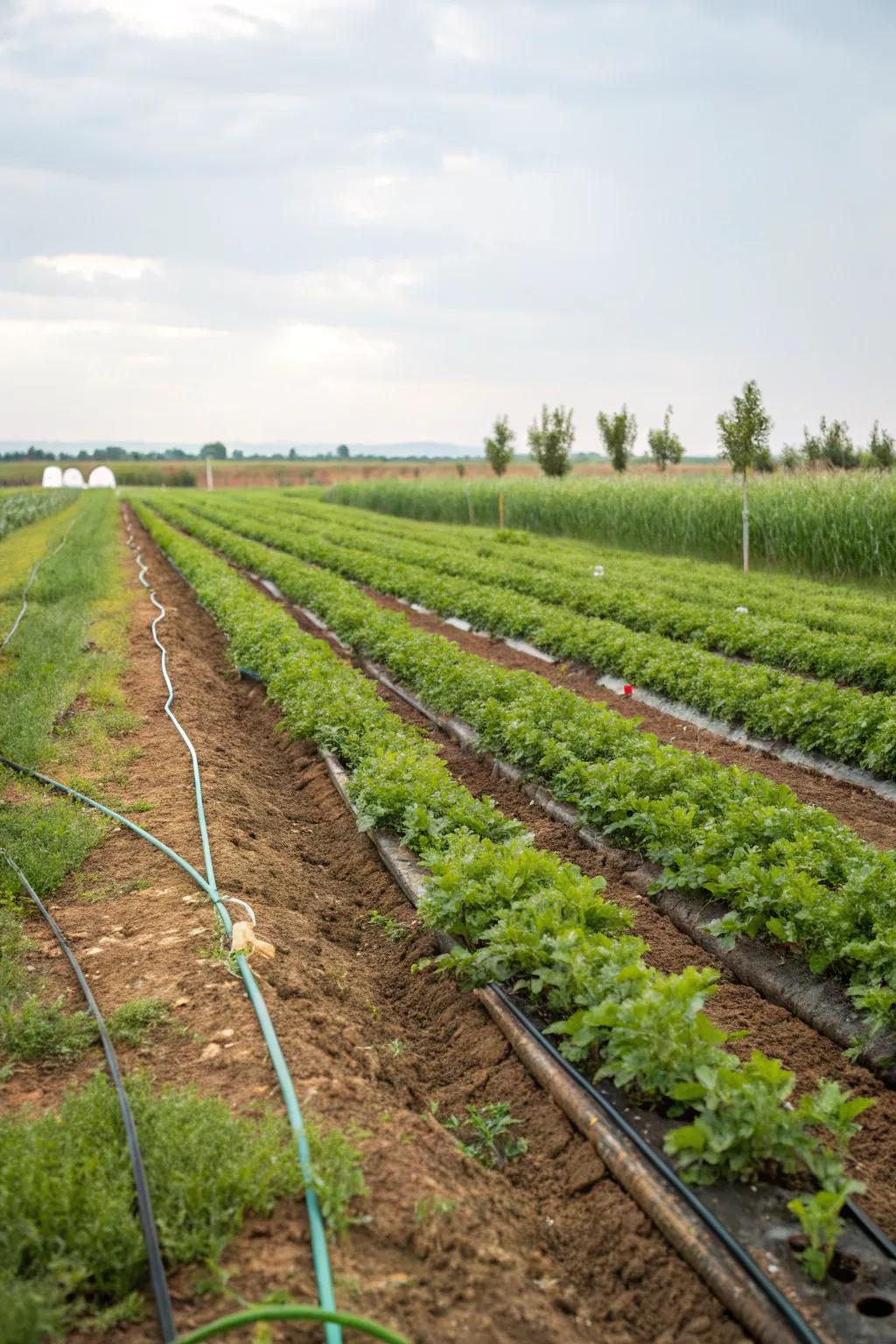
Install drip irrigation to save water and ensure crops receive consistent hydration. It’s been a game-changer, especially during dry spells. Many of my clients have found that using drip irrigation leads to healthier plants and bigger yields with less water usage. I recommend investing in a good system as it pays off in the long run by conserving valuable resources.
A few helpful options:
- Drip Irrigation Kit: Install this drip irrigation kit to save water and hydrate your crops consistently.
- Irrigation Timer: Automate watering schedules efficiently with this easy-to-use irrigation timer.
- Soil Moisture Sensor: Monitor soil moisture levels precisely to optimize irrigation and conserve water.
5. Incorporate Art Installations

Add personality with sculptures or art pieces that reflect your farm’s character. They can turn a simple space into an inspiring landscape. Incorporating art can add a unique touch, reflecting the values and history of your farm. I believe that a few thoughtfully placed pieces can transform ordinary fields into an extraordinary experience.
Maybe worth checking out:
- Garden Sculpture: Enhance your farm with a unique garden sculpture for a touch of creativity and beauty.
- Outdoor Art Installations: Add character with stunning outdoor art installations that resonate with your farm’s unique charm.
- Metal Art Pieces: Transform your landscape with striking metal art pieces that blend nature with creativity.
6. Plan for Seasonal Rotation
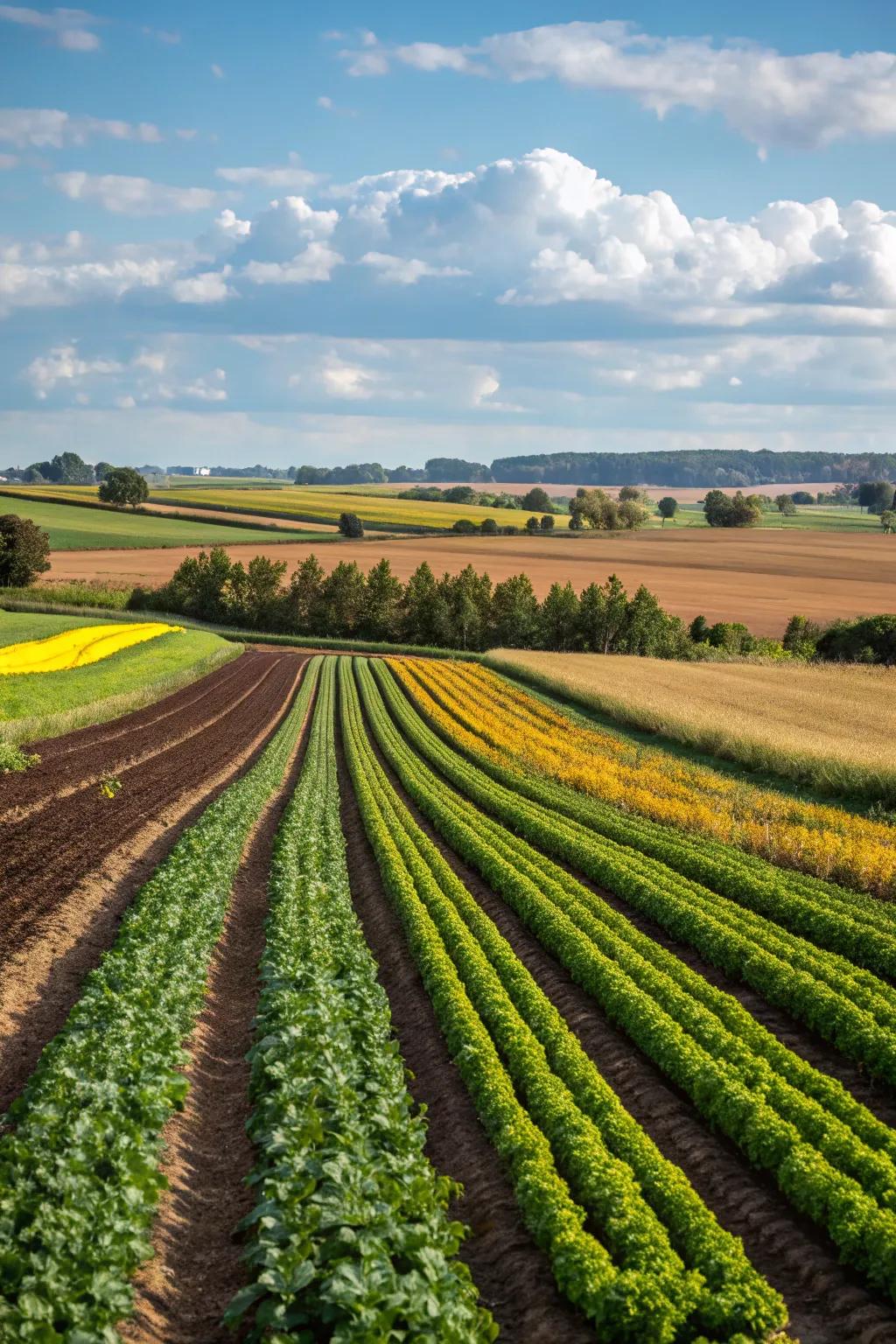
Rotate your crops with the seasons to keep the soil healthy and crops bountiful. I love the rhythm this brings to each year on the farm. Crop rotation is also an effective way to naturally manage pests and diseases without relying on harmful chemicals. I find it fulfilling to work with the earth in a way that supports its natural cycles.
Give these a look:
- Soil Test Kit: Discover your soil’s needs for optimal crop yields by using this reliable soil test kit.
- Crop Rotation Planner: Organize your seasonal planting schedule effortlessly with this crop rotation planner.
- Compost Bin: Enhance soil health and fertilize naturally with this easy-to-use compost bin.
7. Create a Community Garden
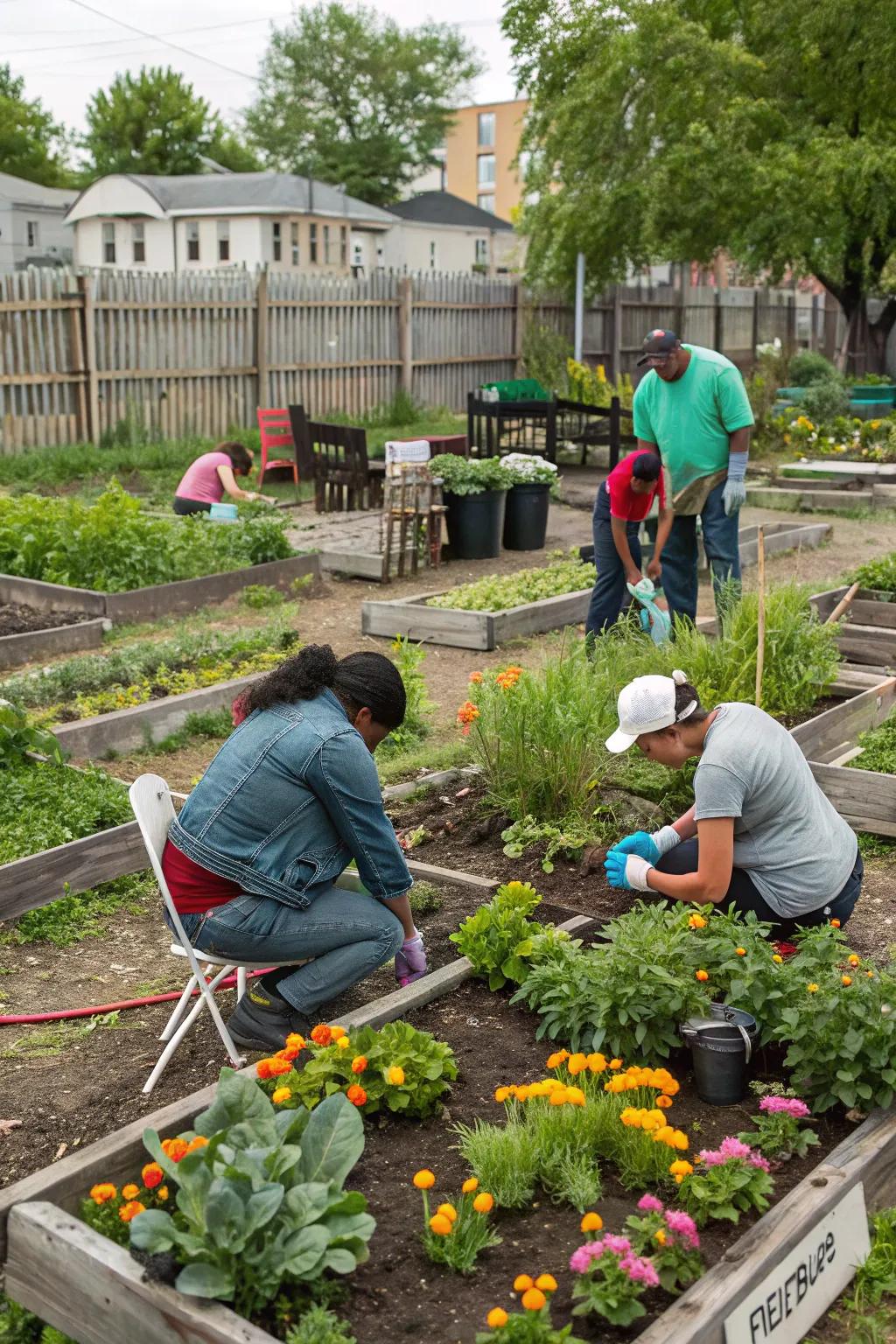
Set aside a small plot for neighbors to grow their own veggies, fostering community spirit and sharing. It’s been heartwarming to see folks come together over gardening. This collaborative approach builds strong bonds and creates a supportive network within the community. I’ve always believed that sharing the bounty of the land is one of the most rewarding aspects of farming.
Some ideas to consider:
- Raised Garden Bed Kit: Start your community garden easily with a raised bed kit, perfect for collaborative planting.
- Gardening Tool Set: Equip your community with a versatile gardening tool set, ideal for shared garden tasks.
- Organic Vegetable Seeds: Grow delicious veggies with organic seeds, promoting health and sustainability in your garden.
8. Include a Greenhouse
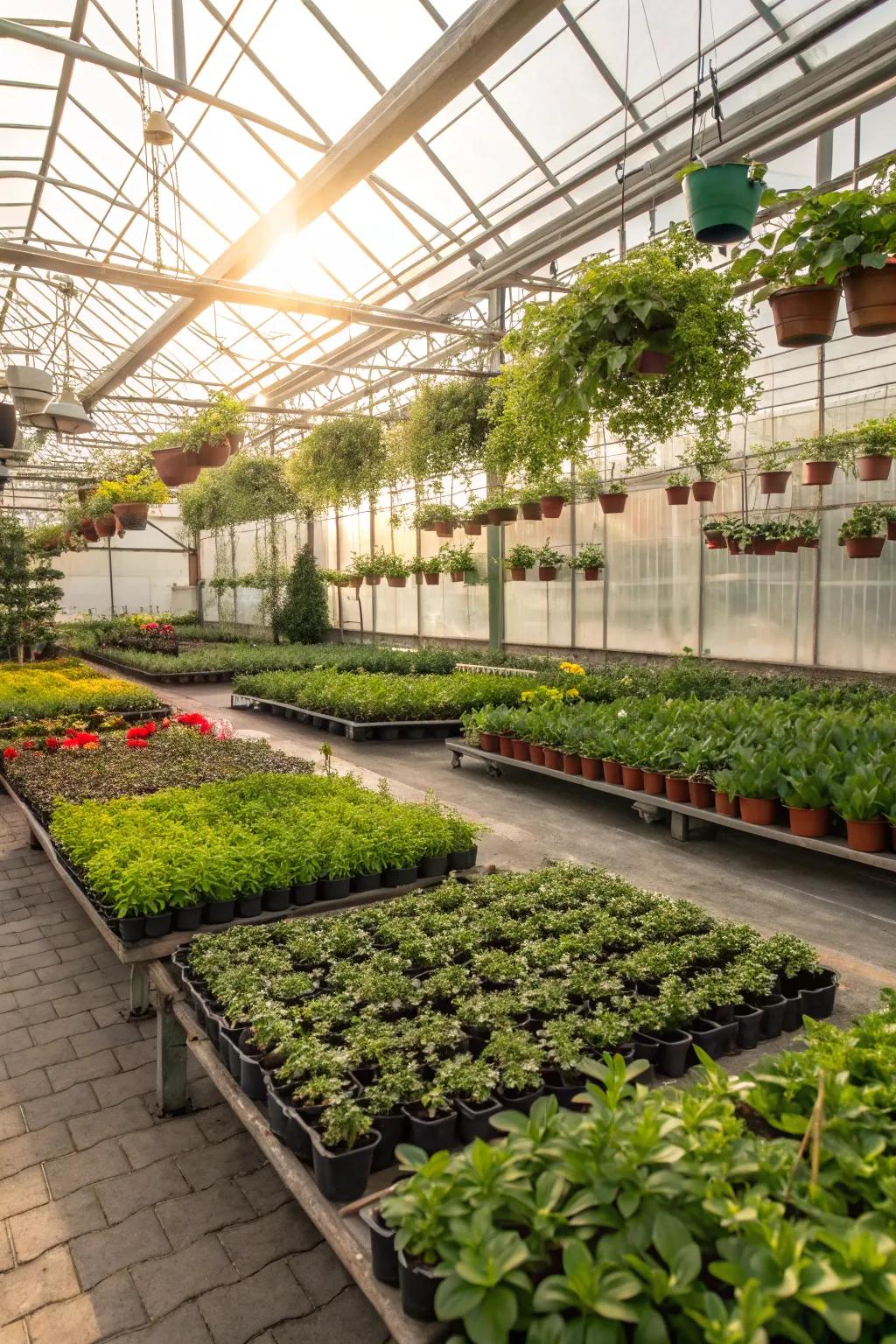
A greenhouse extends your growing season and offers a controlled environment for delicate plants. It’s my go-to for starting seeds in early spring. Clients often ask me about the best greenhouse designs, and I always recommend considering factors like size, ventilation, and heating. I’ve learned that proper planning ensures a successful and productive growing environment.
Possibly handy products:
- Greenhouse Kit: Start your planting season early with a durable greenhouse kit for a controlled environment.
- Grow Lights: Boost plant growth indoors with energy-efficient grow lights perfect for any greenhouse setup.
- Automatic Watering System: Ensure your plants thrive with an easy-to-install automatic watering system in your greenhouse.
9. Design Livestock-Friendly Paths
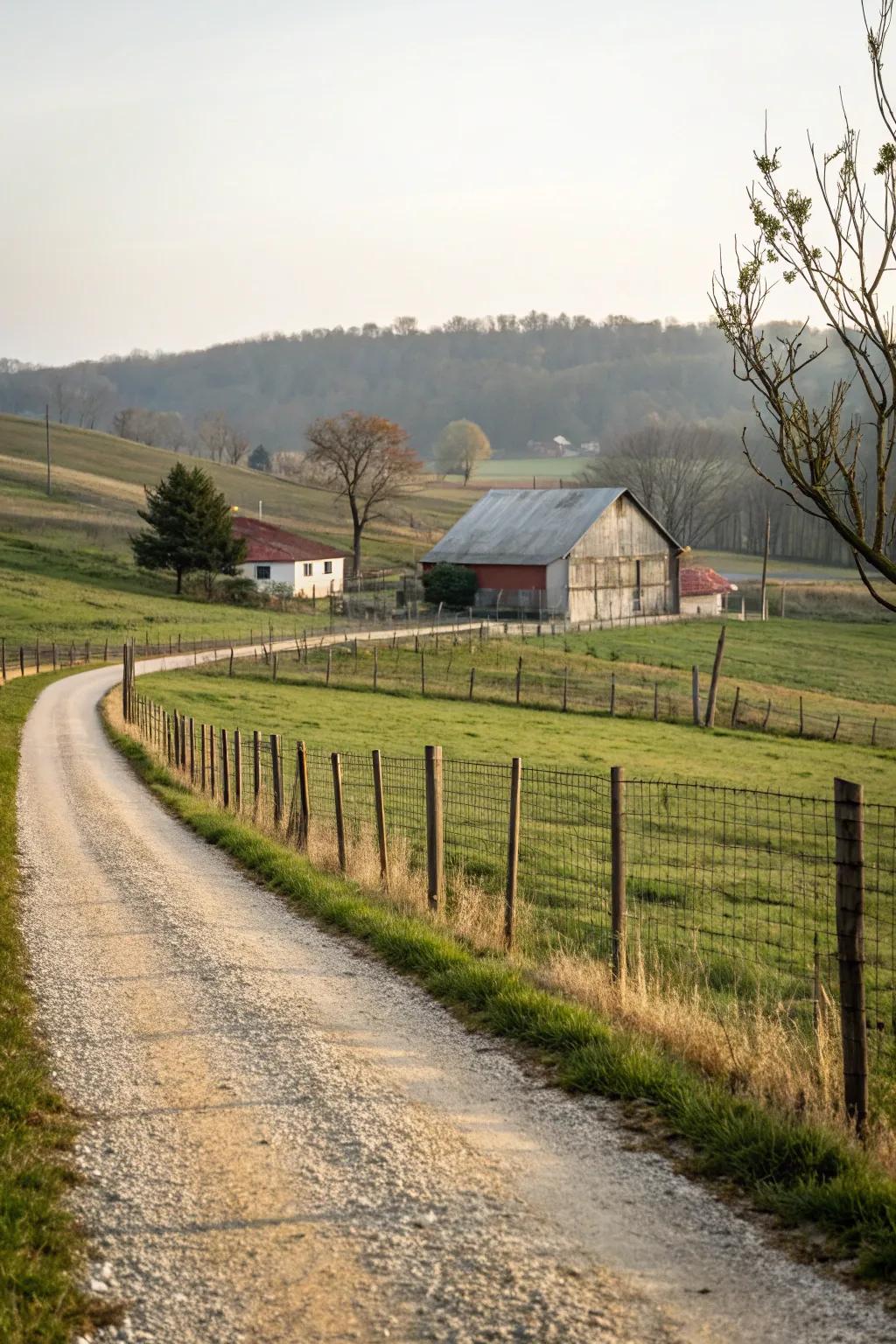
Smooth, well-marked paths make moving livestock a breeze and reduce stress for both animals and handlers. I’ve found that gravel paths work wonders for easy maintenance. Clients appreciate the efficiency and safety that well-designed pathways provide, making livestock management much easier. I advise investing in quality materials for your paths as they need to withstand heavy use and varying weather conditions.
Items that may come in handy:
- Gravel Stabilization Grids: Ensure stability on gravel paths to make animal movement smooth and maintenance easier for you.
- Heavy Duty Wheelbarrow: Easily transport materials on paths with a durable wheelbarrow designed for rugged farm environments.
- Reflective Pathway Markers: Enhance path visibility with reflective markers, ensuring safe guidance for livestock and handlers alike.



